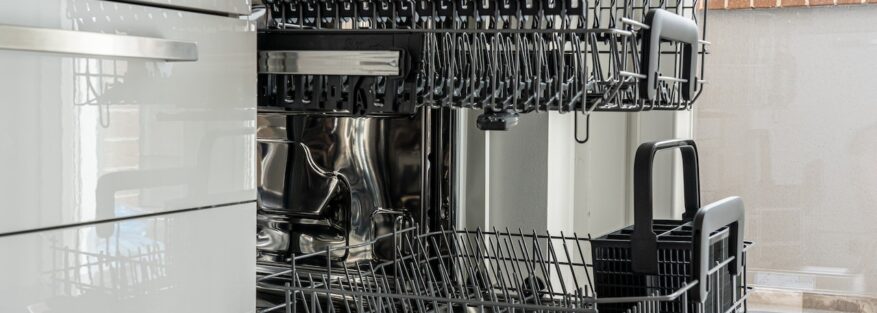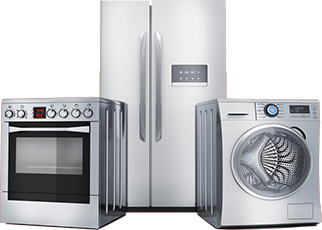4 Common Causes of a Faulty Dishwasher and How to Fix Them

Dishwashers are a staple of modern kitchens. They can help save you time and money, but some things can cause problems.
If your dishwasher isn't working properly or is making strange noises, it might be time for a repair.
Here are some common causes of faulty dishwashers and how to fix them:
Cause #1: The Door Latch Assembly is Broken
The door latch assembly is a crucial part of your dishwasher. It's what keeps the door closed while the machine is running and prevents water from leaking out.
If this component breaks or malfunctions, it can cause water to leak onto the floor.
To check the door latch assembly:
To test the dishwasher's door latch assembly, first, unplug the dishwasher. Then locate the latch assembly and remove the inner door to access it. Insert the door catch into the assembly to check if it works properly. You might need to replace it if it isn't activating any switches. Next, use a multimeter to test these switches and ensure they work correctly. If not, replace them.
Cause #2: Thermal Fuse is Broken
The thermal fuse is a safety device that prevents the dishwasher from overheating and causing a fire. If it gets too hot, the fuse will break and prevent power from flowing to the dishwasher. It is usually located near the pump motor assembly.
Testing the thermal fuse:
When it comes time to replace a thermal fuse in your dishwasher, remember: you will be working with electrical components. To begin with, disconnect the appliance from its power source. Next, remove the inner door panel of your dishwasher to access the fuse. Disconnect these wires and remove the fuse so you can test it for continuity. Set your multimeter to RX1 and position the probes on the terminals of your thermal fuse. Then check for a reading of zero or close to zero. Anything other than this, and you will need a new thermal fuse replacement.
Cause #3: Defective Selector Switch
The selector switch indicates the different types of washing cycle. If the selector switch is defective, it will not allow you to select different programs, and the dishwasher will not start.
Testing the selector switch:
Remove the power source, then access the buttons by opening the inner door panel. Set the multimeter to the RX1 setting—touch one probe to each of the wires connected to the toggle switch. A reading of infinity should be displayed when no buttons are pressed, and a reading of zero should be displayed when pressing any button. Repeat this test for all the remaining buttons. If any test fails, it indicates that the switch is faulty and needs to be replaced.
Cause #4: Faulty Electric Control or Timer
The timer is linked to the control panel, which controls the duration of the washer. If the timer is broken, it will prevent the dishwasher from starting.
How to perform a test of the electric control:
After unplugging the dishwasher, remove the timer from the dishwasher that is found in the control panel. Set your multimeter to Rx1000, then connect the multimeter to the terminals on the timer. The meter should read between 2000 to 3500 ohms of resistance. If it doesn't, you have a faulty electric control or timer and need to replace it with a new one.
Conclusion
The dishwasher plays a significant role in keeping up with the house chores and ensuring that your dishes are clean and sanitized. However, if you notice that your dishwasher is not working properly or making strange noises, it might be time for a repair.
Do you need a dishwasher repair in Toronto? Get help from Pro Appliance today and get your dishwasher back in working order. Call us to request a job estimate.


 Subscribe to RSS Feeds
Subscribe to RSS Feeds
